During the official visit to Vietnam by Chinese Prime Minister Li Qiang from October 12 to 14, 10 cooperation documents between the two countries were exchanged, including a Memorandum of Understanding between the National Payment Corporation of Vietnam (NAPAS) and UnionPay International on the implementation of cross-border payment services via QR codes between Vietnam and China.
Shopping and traveling made easier
This information immediately attracted the attention of businesses and people, in the context of strong growth in trade, import-export and tourism activities between Vietnam and China.
Cross-border QR payments are a convenient solution for businesses and consumers in making international payment transactions. With QR technology, users can easily scan the code to make payments without using cash or credit cards. This product helps increase convenience, safety and speed for various purchases, travel and services on an international scale.
According to banks, China has a large number of potential customers, so implementing bilateral payments via QR codes with this market of more than 1.4 billion people will create opportunities for businesses to expand their markets and attract international customers through accepting QR payments.
According to the State Bank, up to now, Vietnam has completed connecting the cross-border payment system via QR code with Thailand and Cambodia (continuing to deploy with Laos), allowing people of each country to scan QR codes to pay for goods and services safely and conveniently in these countries right on the mobile application of Vietnamese banks and vice versa. Currently, many banks such as Sacombank , Nam A Bank... have deployed cross-border payment services using QR codes for individual customers such as Thailand and Cambodia.
Most recently, Shinhan Bank Vietnam has also deployed cross-border payment services using QR codes in these two markets. With this QR code payment service, customers traveling or working can scan QR codes from the Shinhan SOL Vietnam digital bank application to make payment transactions at millions of points of sale in Thailand and Cambodia.
Mr. Do Quang Huy, Director of Ecotop Joint Stock Company - specializing in providing e-commerce solutions, said that the implementation of cross-border payment services via QR codes between Vietnam and China will greatly promote trade between the two sides.
"As far as I know, the payment process between the two parties often has to go through a third party, so there are some risks such as exchange rate differences and long processing times. For example, I need to buy some software from China but have inconveniences with payment such as having to pay fees when paying via Visa. If there is a separate payment gateway, consumers will have easier access to Chinese goods at cheaper prices," said Mr. Huy.
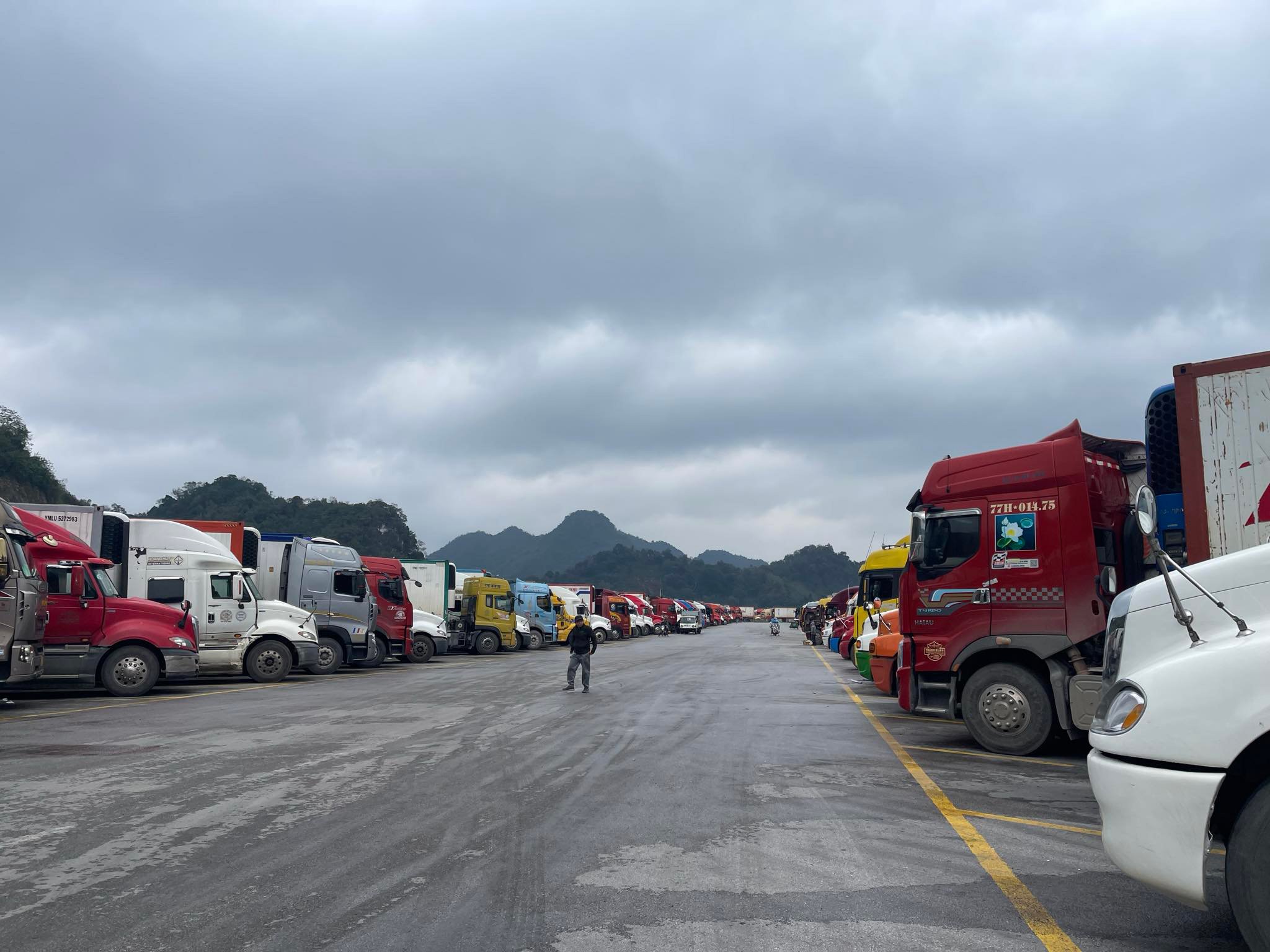
The implementation of cross-border payment services via QR codes between Vietnam and China will certainly help develop trade and shopping between the two sides. In the photo: Goods exported to China by road. Photo: THUY LINH
Not a small challenge
Mr. Dang Phuc Nguyen, General Secretary of the Vietnam Fruit and Vegetable Association (Vinafruit), said that Vietnam and China have strong trade activities but payment is not convenient. He cited the case of Vinafruit, which recently participated in the first Vietnamese fruit festival held in Beijing (China) and had to hire a local contractor to build the booth.
When it came time to pay, Vinafruit had to go to the bank and present a lot of documents proving the purpose of buying foreign currency, but the bank did not have Chinese currency, so it had to convert it to USD. "We transferred USD to our partners, but they could not withdraw USD and had to spend a lot of time providing many documents to withdraw Chinese currency," Mr. Nguyen cited.
Therefore, the implementation of cross-border payment services via QR codes between Vietnam and China will certainly help make payments between the two sides faster and safer. In addition, state management will also better control cash flow instead of the current diverse payment methods.
"Previously, payment parties were quite flexible, they could exchange goods or get money in advance through a contact in Vietnam, but formal payment through banks was mainly for export by sea," Mr. Nguyen shared.
According to Mr. Nguyen Lam Vien, Chairman of the Board of Directors of Vinamit Joint Stock Company, the major problem in transactions between Chinese and Vietnamese e-commerce platforms, as well as between Vietnamese and Chinese people, is that most of the transactions are not recognized.
Therefore, signing a cooperation agreement to deploy cross-border payment services via QR codes will further promote trade and business between people and businesses of the two countries. "Solving the payment issue will further open up the flow of goods between Vietnam and China. The economic picture will be vibrant," said Mr. Vien.
However, according to this businessman, in addition to the memorandum of understanding on implementing cross-border payment services via QR codes, the Vietnamese and Chinese governments signed many other memorandums of understanding on bilateral cooperation, notably documents on railway connection, research on a model for building cross-border economic cooperation zones, and an action plan between Vietnamese and Chinese customs... These agreements certainly create many big, positive changes, but also bring many unpredictable risks.
"Specifically, the advantage is that Vietnamese agricultural products will be sold to China in a more multi-modal manner with the support of transportation, logistics, payment... Vietnamese growers can sell directly to China or sell on Chinese e-commerce platforms if they follow the correct customs procedures on both sides.
As for consumer goods, even temperate agricultural products from China to Vietnam will be faster and easier. At that time, Chinese consumer goods will cover more of the Vietnamese market, directly impacting domestic production and business sectors," Mr. Vien analyzed.
QR code payments are becoming more and more popular
According to new statistics from the State Bank, in the first 6 months of 2024, QR code transactions increased by 104.23% in quantity and 99.57% in value compared to the same period last year. At the same time, the electronic payment market in Southeast Asia is growing strongly with an increasing rate of mobile payment usage. Therefore, cross-border QR code payment services are expected to become increasingly popular and become one of the popular payment solutions in the near future.
Source: https://nld.com.vn/de-dang-thanh-toan-xuyen-bien-gioi-qua-qr-196241015204429145.htm


![[Photo] 60th Anniversary of the Founding of the Vietnam Association of Photographic Artists](/_next/image?url=https%3A%2F%2Fvphoto.vietnam.vn%2Fthumb%2F1200x675%2Fvietnam%2Fresource%2FIMAGE%2F2025%2F12%2F05%2F1764935864512_a1-bnd-0841-9740-jpg.webp&w=3840&q=75)


![[Photo] Cat Ba - Green island paradise](/_next/image?url=https%3A%2F%2Fvphoto.vietnam.vn%2Fthumb%2F1200x675%2Fvietnam%2Fresource%2FIMAGE%2F2025%2F12%2F04%2F1764821844074_ndo_br_1-dcbthienduongxanh638-jpg.webp&w=3840&q=75)





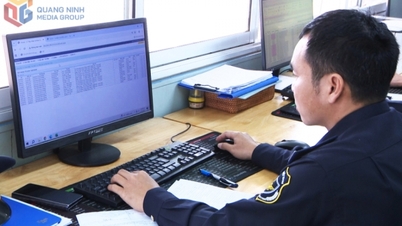

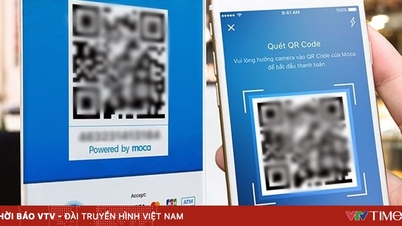



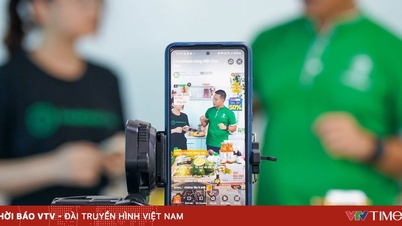
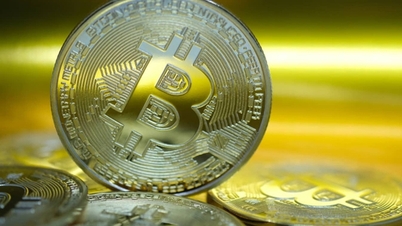
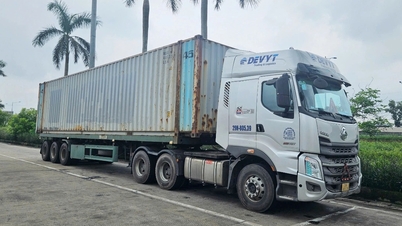














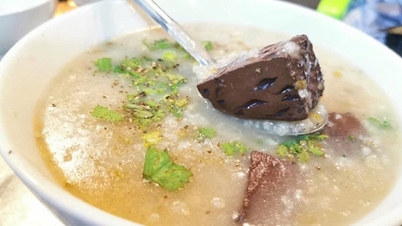


















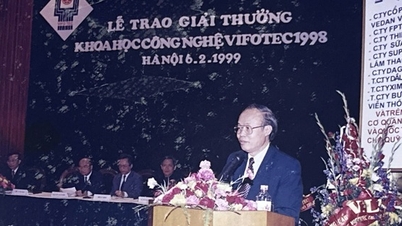






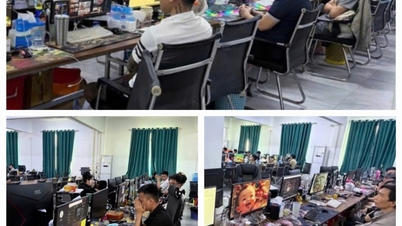
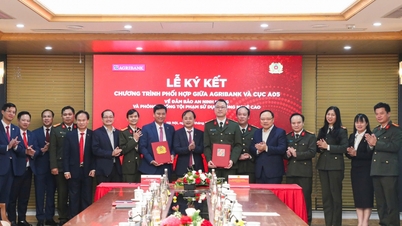

















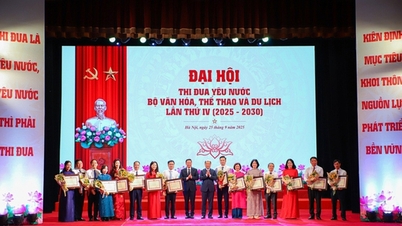


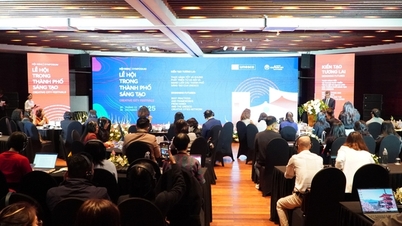


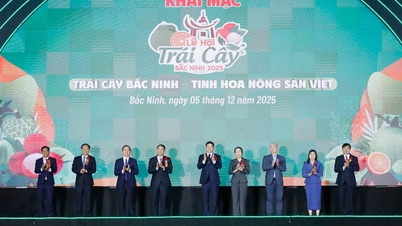








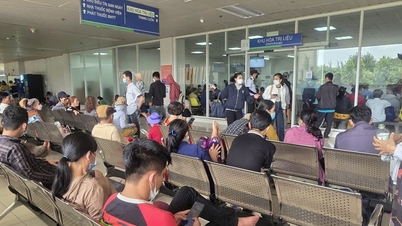
















Comment (0)